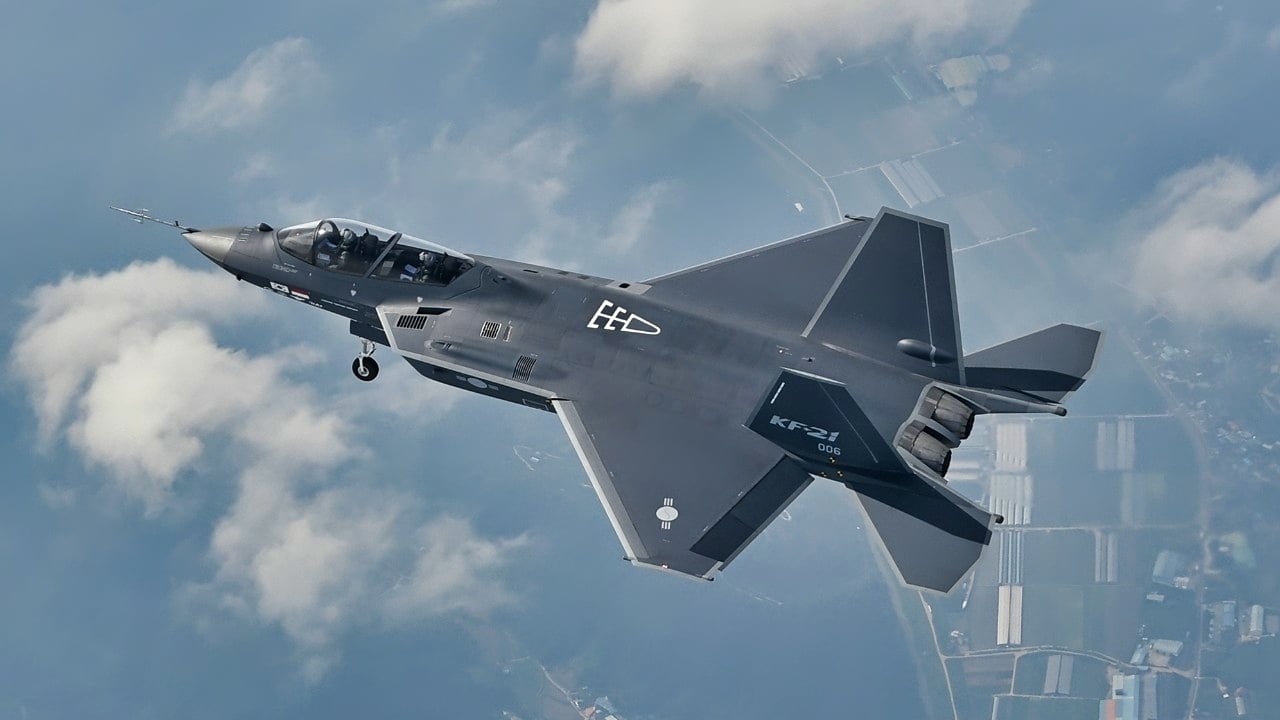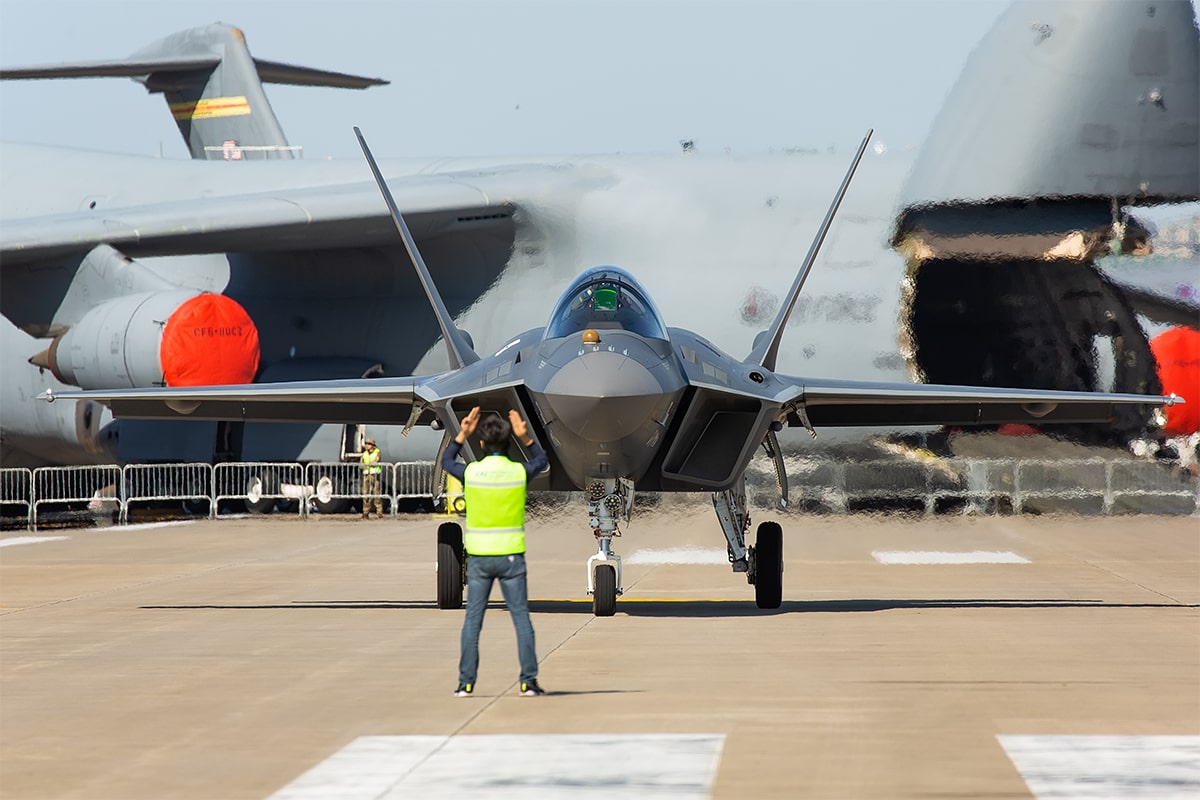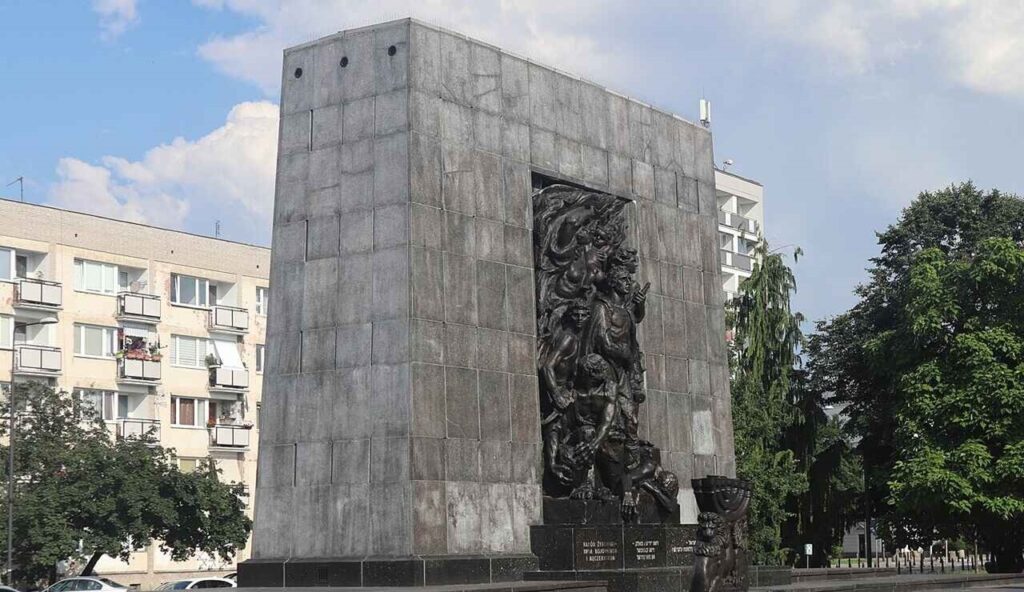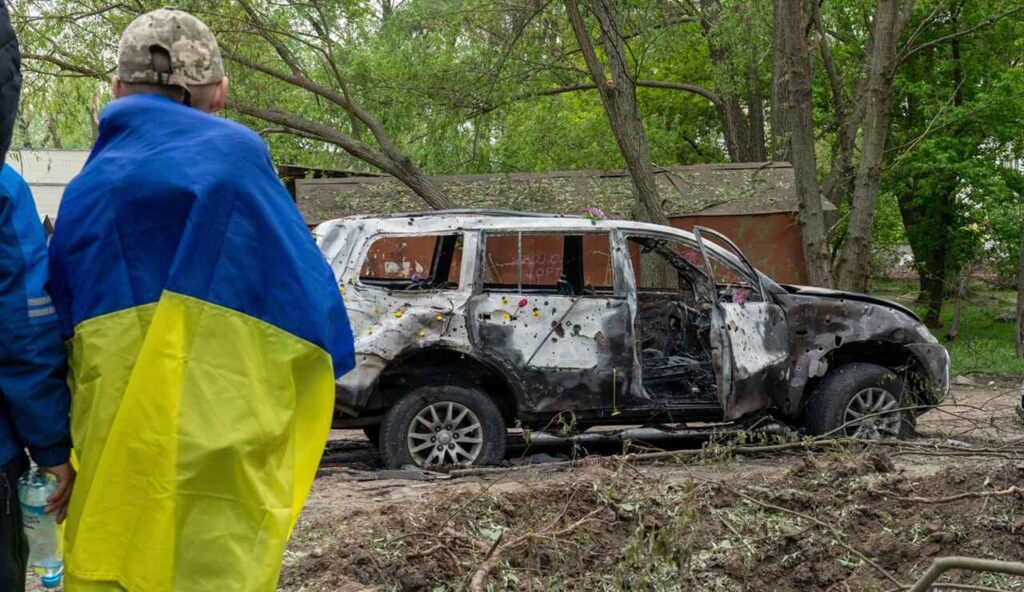
KF-21: South Korea Has Its Very Own ‘Cheap’ F-35 (But We Have A Problem)
Summary and Key Points: South Korea’s KF-21 Borame fighter is progressing toward mass production, with the first batch of 20 aircraft expected by 2027. The 4.5+ generation fighter, developed by Korean Aerospace Industries (KAI), may be supported by a “loyal wingman” unmanned combat aerial vehicle (UCAV). KAI is exploring a downsized UCAV design to meet performance goals without compromising capabilities.
-The KF-21, positioned as a cost-effective alternative to the F-35, is 80% complete, with successful test flights and air-to-air refueling. The program involves over 600 South Korean companies, with Hanwha Aerospace supplying engines.
Loyal Wingman Could Support South Korea’s KF-21 Fighter
Development of the South Korean KF-21 Borame advanced multirole fighter has been underway for more than a decade, but it was only last month that Korean Aerospace Industries (KAI) announced that mass production of the aircraft had begun. The 4.5+ generation fighter is currently on track to enter service by the end of next year, with final deliveries of Block 1 by the end of August 2027.
The Numbers Keep Getting Cut
Seoul announced in June that the first batch of the KF-21s would consist of 20 aircraft, down from an initial order of 40 KF-21 Block I and 80 Block II aircraft – with the latter models featuring enhanced ground attack capabilities. The reduction in the number of initial aircraft could allow KAI to better increase the air-to-air capabilities of the Block 1 models.
KAI is also developing a “loyal wingman” unmanned combat aerial vehicle (UCAV) that could serve alongside the manned fighter. It was reported last week that the drone could now see a reduction as well – not in the number produced, but rather in its size.
“[This is] because KAI’s engineers are looking for optimal design options [including] the use of a [high-performance] … turbofan engine,” a KAI spokesperson told international military analyst firm Janes earlier this month. The drone was originally expected to be about one-third the size of the manned fighter.
Though smaller than initially proposed, the spokesperson suggested the “iterated or revised [UCAV] design can be downsized without reduced capabilities,” and added, “a change of aircraft size can occur anytime during the design iteration if a revised design is expected to meet the requirements. As KAI’s loyal wingman is in the conceptual design phase, indeed, there can be many options to satisfy expected future market.”
South Korea is far from alone in developing an unmanned loyal wingman that could serve alongside a manned fighter. The United States Air Force has been as focused on the Collaborative Combat Aircraft (CCA) that could operate alongside the future Next Generation Air Dominance (NGAD) fighter as the manned aircraft – while the British-led Global Combat Air Programme (GCAP) also could include an optionally-manned fighter supported by multiple UCAVs.
An F-35 Alternative
The KF-21 was developed by KAI as part of a $6.6 billion project to replace the RoKAF’s aging fleet of F-4 and F-5 fighters, and it has been touted as a “cheaper” alternative to the American-made Lockheed Martin F-35 Lightning II. Work on the program began in the early 2000s to develop a more advanced version of the domestically-built KF-16.

Indonesia joined the program in 2010 as a junior partner, with Jakarta funding 20% of the total development cost in exchange for an undisclosed number of fighters that would be produced for the Indonesian Air Force. However , as previously reported, Indonesia may have been late in its payments to Seoul – so it is unclear where the partnership currently stands.
KAI has claimed that the development of the KF-21 is now 80% complete, and the aircraft completed its first test flights in July 2022. It has also conducted successful air-to-air refueling testing, which highlights its long-range operational capabilities.
Development of the multirole fighter has also involved more than 600 South Korean partner companies, as Seoul set a localization target rate at 65%, which according to recent media reports has been achieved. Hanwha Aerospace – which produces engines for several of the RoKAF aircraft – was awarded a multi-year contract to supply its F414 engines for the KF-21.
Six prototypes have been produced and are being used in a multitude of performance testing.
Author Experience and Expertise: Peter Suciu
Peter Suciu is a Michigan-based writer. He has contributed to more than four dozen magazines, newspapers, and websites with over 3,200 published pieces over a twenty-year career in journalism. He regularly writes about military hardware, firearms history, cybersecurity, politics, and international affairs. Peter is also a Contributing Writer for Forbes and Clearance Jobs. You can follow him on Twitter: @PeterSuciu. You can email the author: [email protected].
Image Credit: Creative Commons.


